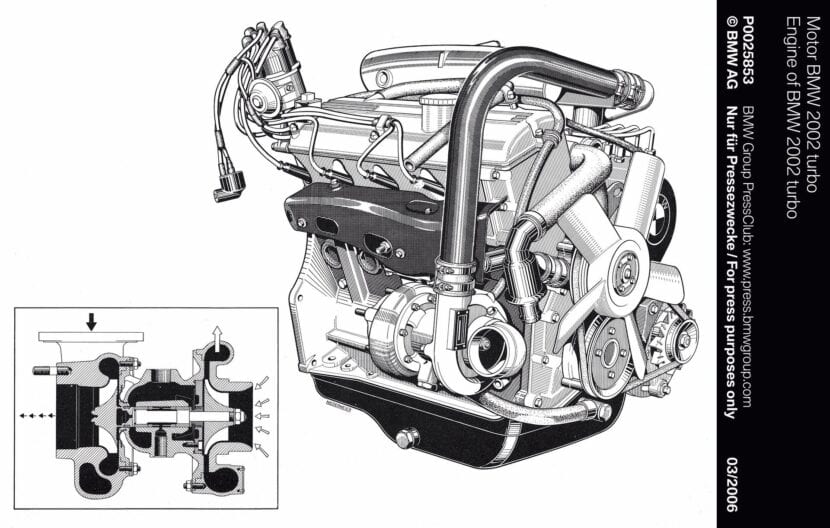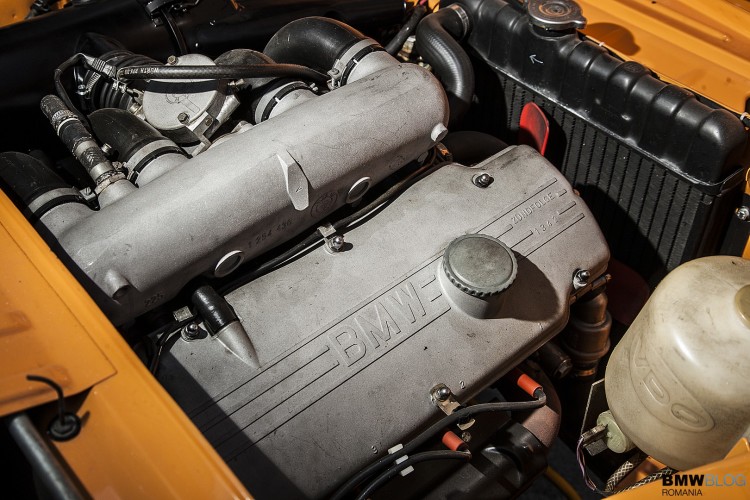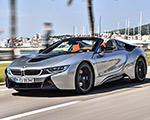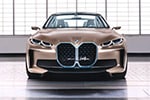Every BMW enthusiast has an opinion on the brand’s greatest engine. Some argue for the S85 and its V10 theatrics. Others swear by the bulletproof charm of an M30, or the modern perfection of the B58. But if we’re talking about the engine that truly shaped BMW—globally and especially here in North America—there’s only one real answer.
It’s the M10.
I’ve spent years driving, reviewing, researching, and writing about BMWs. I’ve talked with engineers in Munich, collectors in North America, and old-school mechanics who’ve rebuilt more engines than most people will ever see. Across all of that experience, one theme keeps coming back: the M10 is the foundation. The blueprint. The reason the rest of BMW’s story even exists.
This isn’t nostalgia or romanticism. It’s history. And it’s reality.
The Engine That Saved BMW
The M10 arrived in 1961, at a time when BMW was barely holding itself together. The company needed an engine that could support multiple models, meet new emissions and efficiency demands, and stay reliable in countries with dramatically different climates and fuel qualities. The M10 did all of that, and it did it for nearly three decades.
It powered the Neue Klasse sedans that rescued BMW from financial collapse. It powered the 1800Ti/SA—the brand’s first road-legal homologation special. It powered the 1600 and, eventually, the 2002, which became the brand’s first true sales success outside Europe. And later, in a completely different universe, the same engine block powered the most absurd turbocharged Formula 1 power unit ever created. No other BMW engine has a résumé even close.
The M10 and the American Breakthrough
Ask any long-time BMW owner in the U.S. where the brand truly began here, and most will point to the 2002. It wasn’t the fastest or fanciest car on the market in the late 1960s, but it drove differently. It felt tight. It felt awake. It felt engineered. The M10 was the reason.
American buyers at the time were used to large-displacement V8s and numb suspensions. The 2002 showed them something new: a small German sedan with a free-revving, eager engine that made everyday driving feel fun. This wasn’t marketing; it was mechanical personality. The 2002 became an icon because of how it drove, not because of how it was advertised.
Without the M10, that moment never happens. Without the 2002, BMW doesn’t establish its identity in the U.S. And without success in the U.S., BMW doesn’t grow into the global powerhouse it is today.
A Workhorse With Endless Potential
What sets the M10 apart from other legendary BMW engines is how much BMW asked of it—and how willingly it complied. Designed as a simple 1.5-liter four-cylinder, it grew into a two-liter unit, adapted to carburetors, mechanical injection, early electronic injection, and eventually full turbocharging. It remained smooth, predictable, and durable in everything from a Neue Klasse commuter to a 2002 Turbo. And even with all the changes, its basic architecture stayed the same.
That stability is what let BMW turn the M10 into the M12/M13 Formula 1 engine. The same block that moved families around Europe during the week became the base for a 1,300-horsepower qualifying grenade that launched BMW to the 1983 F1 World Championship. Mechanics who worked with those engines still say the real number was probably higher.
The M10’s DNA Never Went Away
The M10’s influence didn’t end in 1988. You still see it in engines that came long after: The layout that defined the M20 straight-six owes its existence to the M10. The M50, M52, and M54—engines that built BMW’s reputation in the 1990s and 2000s—carry forward refinements that started with the M10. Even the modern modular engine families follow the same principles: compact design, balanced internals, and room to evolve.
The M10 wasn’t the loudest BMW engine. It wasn’t the biggest. But it was the most versatile and most impactful.
Why the M10 Is the Most Legendary BMW Engine
The word “legendary” is overused in car culture. But when you look at what the M10 actually accomplished, it earns the title.
- It rescued BMW during a critical moment.
- It powered the cars that defined the brand’s early identity.
- It broke BMW into the North American market.
- It adapted across nearly 30 years of changing automotive tech.
- It became the basis for one of the most powerful engines in Formula 1 history.
- It influenced every major BMW engine family that followed.
This is a factual historical arc.










































































